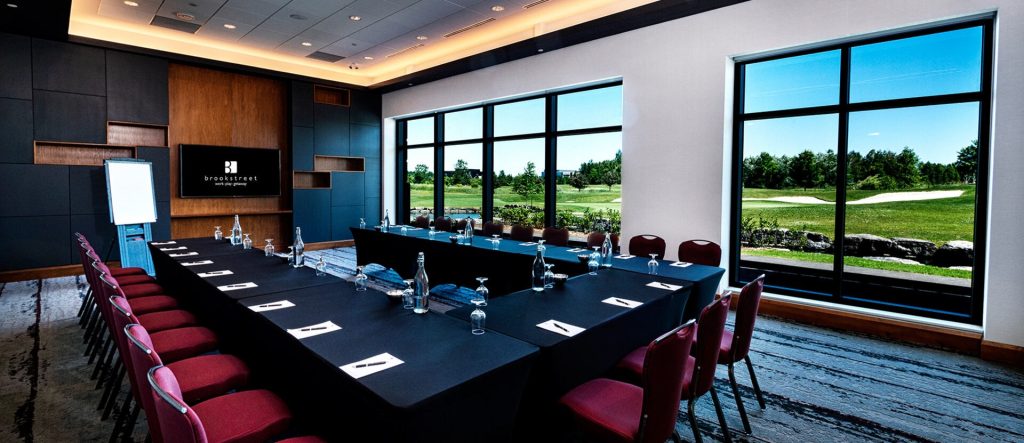In the fast-paced world we live in, finding moments of calm and balance can feel like an elusive goal. Many people turn to natural remedies to help alleviate stress, enhance focus, or simply relax after a busy day. One such remedy gaining increasing popularity is Delta 8 THC, particularly in the form of gummies. These sweet, chewy treats are not only easy to consume but are also known for providing a more balanced, mellow experience compared to their more intense cousin, Delta 9 THC. If you are looking for a way to unwind and embrace a sense of calm, Delta 8 gummies may just be the sweet escape you need. Delta 8 THC is a cannabinoid that occurs naturally in the cannabis plant, though typically in trace amounts. It is chemically similar to Delta 9 THC, the primary psychoactive compound in marijuana, but it has a slightly different molecular structure.

Many users find that Delta 8 provides a more focused and uplifting experience, rather than the anxiety or paranoia that some people associate with traditional THC. It is often described as offering a more clear-headed, relaxed feeling, which is why it has become a go-to for individuals seeking to relax without losing control. One of the primary reasons Delta 8 gummies have become a popular choice is their convenience and ease of use. Gummies are pre-dosed, meaning you do not need to measure anything or worry about how much you are consuming. This allows for a consistent and controlled experience every time. The calming effects of Delta 8 THC can be beneficial for those dealing with stress, anxiety, or insomnia. Many users report feeling a gentle wave of relaxation that helps them wind down after a long day, promoting a sense of peace and tranquility.
This makes it an excellent choice for those who are new to cannabis or who want to experience its benefits without the overwhelming side effects. In addition to its calming effects, Delta 8 THC may also provide mild pain relief and anti-inflammatory benefits. Whether it is managing everyday aches or dealing with chronic discomfort, Delta 8 may be able to offer some relief without the intoxicating effects that come with Delta 9 THC. Delta 8 gummies are a discreet and delicious way to enjoy the benefits of this cannabinoid. Available in various flavors and formulations, these delta 8 gummies allow users to experience Delta 8 in a way that is enjoyable and easy to incorporate into their daily routine. Whether you prefer fruity flavors, sour twists, or something more exotic, there is a Delta 8 gummy to suit your taste. Moreover, the discreet nature of gummies makes them an excellent option for those who may not want to draw attention to their cannabis use.






 Another vital aspect of modern security system is the ability to deliver instant alerts. Early detection is critical in minimizing the impact of a cyberattack. With real-time monitoring, security solutions can immediately notify users of potential breaches or suspicious activity using
Another vital aspect of modern security system is the ability to deliver instant alerts. Early detection is critical in minimizing the impact of a cyberattack. With real-time monitoring, security solutions can immediately notify users of potential breaches or suspicious activity using